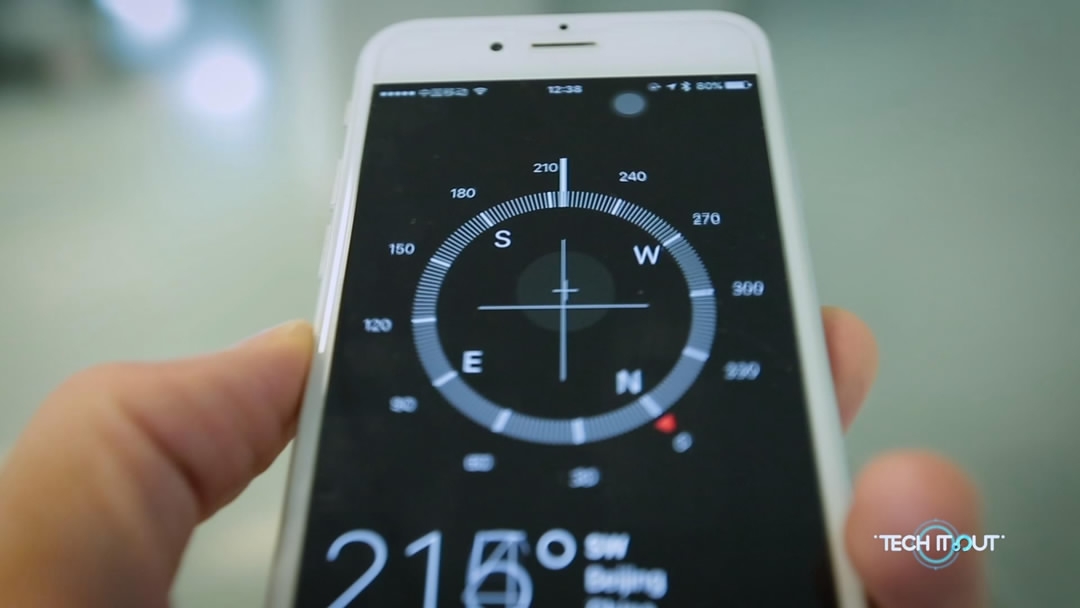
Tech & Sci
20:50, 08-Dec-2017
TECH IT OUT: Tracing indoor location signals
By Yang Zhao

We use positioning services in our everyday lives. For instance, the GPS module built into smartphones can receive signals from satellites that are 25,000 kilometers or higher above the earth. But the accuracy of indoor positioning is still unreliable because it is hard for satellite signals to pass through concrete walls.
Chen Ruizhi, professor at the State Key Laboratory of Information Engineering in Surveying, Mapping and Remote Sensing in Wuhan, China’s Hubei Province, demonstrated the real-time indoor positioning technology to Tech It Out through a smartphone.
The service can be used inside of the lab with a margin of error of less than two meters, which is much more accurate than an outdoor GPS.

Professor Chen Ruizhi says there is a lot of indoor signals that can tell locations. /CGTN Photo
Professor Chen Ruizhi says there is a lot of indoor signals that can tell locations. /CGTN Photo
Chen said there are rich signals that carry location data in every indoor space and can be good alternatives to GPS.
Surprisingly, the signal Chen talks about is something you use every day, such as Wi-Fi, Bluetooth, and geomagnetic signals.
Chen’s team has developed an algorithm to translate these signals into locations. As researchers find more sources of localization are available indoors, such as light, sound and image, the algorithm can be further developed to reach a higher level of accuracy, say with an error margin of less than one meter.

Built-in sensors in smartphones can be used to detect indoor signals for position calculation. /CGTN Photo
Built-in sensors in smartphones can be used to detect indoor signals for position calculation. /CGTN Photo
“For example, researchers can take many pictures of an indoor space from different angles. And then we analyse those images, extract the feature points from those pictures and store them in the database,” said Chen.
“Now, when you step into this indoor space, you just need to take out your phone and take a picture. Once the feature point extracted from the picture that you take matches with others in the database, then we can know your location.”
Now your smartphone can track your locations outdoor or indoor. With improving accuracy, smart devices with powerful positioning systems can even predict your next move.

With improving accuracy, smart devices with powerful positioning system can even predict your next move. /CGTN Photo
With improving accuracy, smart devices with powerful positioning system can even predict your next move. /CGTN Photo
For example, when you stay in front of a painting in a museum for five seconds, the artificial intelligence in your phone might know that you are watching the painting, and all the information about the piece will be pushed to your phone.
"I think positioning technology is one of the core technologies of artificial intelligence and super-intelligence in the future,” said Chen.
1059km

SITEMAP
Copyright © 2018 CGTN. Beijing ICP prepared NO.16065310-3
Copyright © 2018 CGTN. Beijing ICP prepared NO.16065310-3